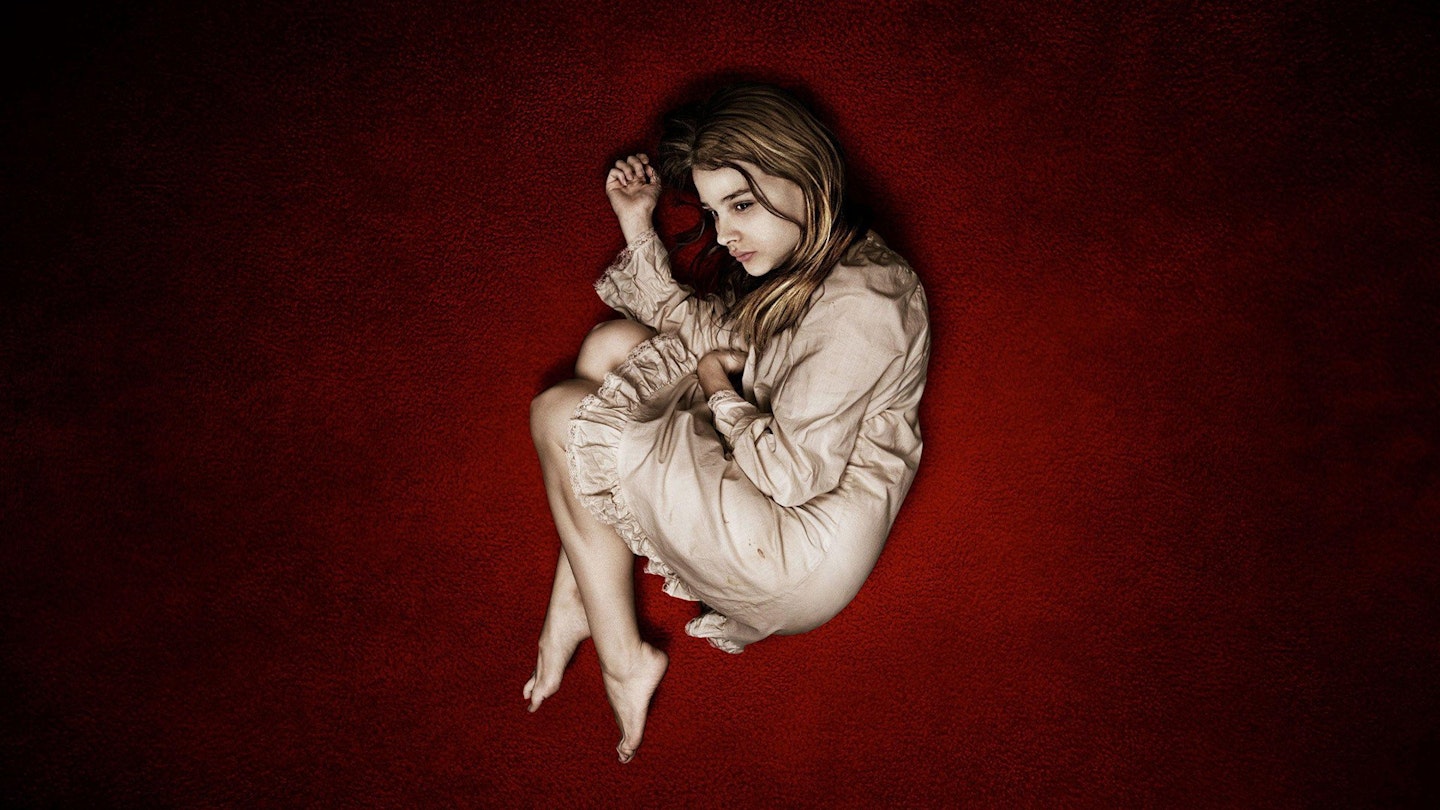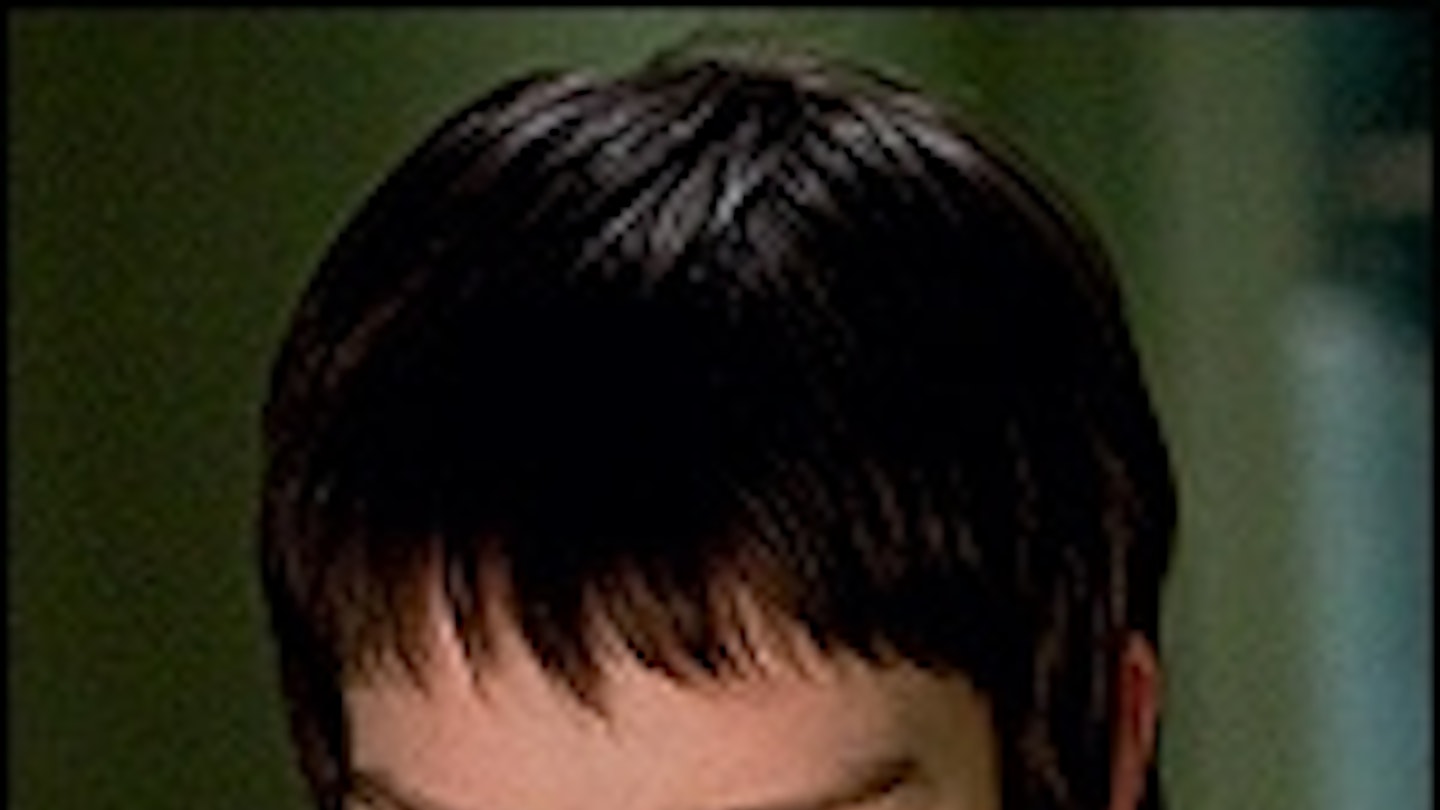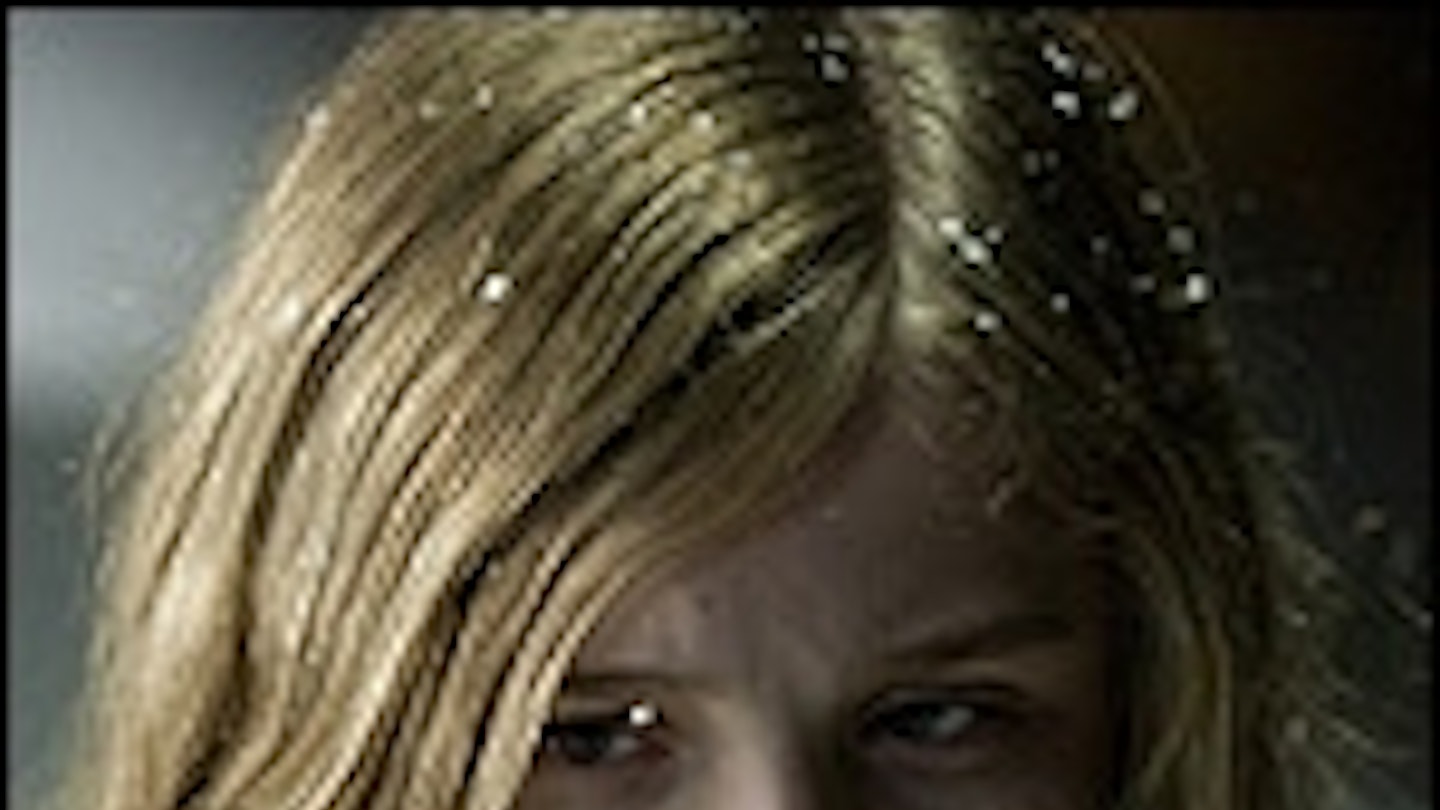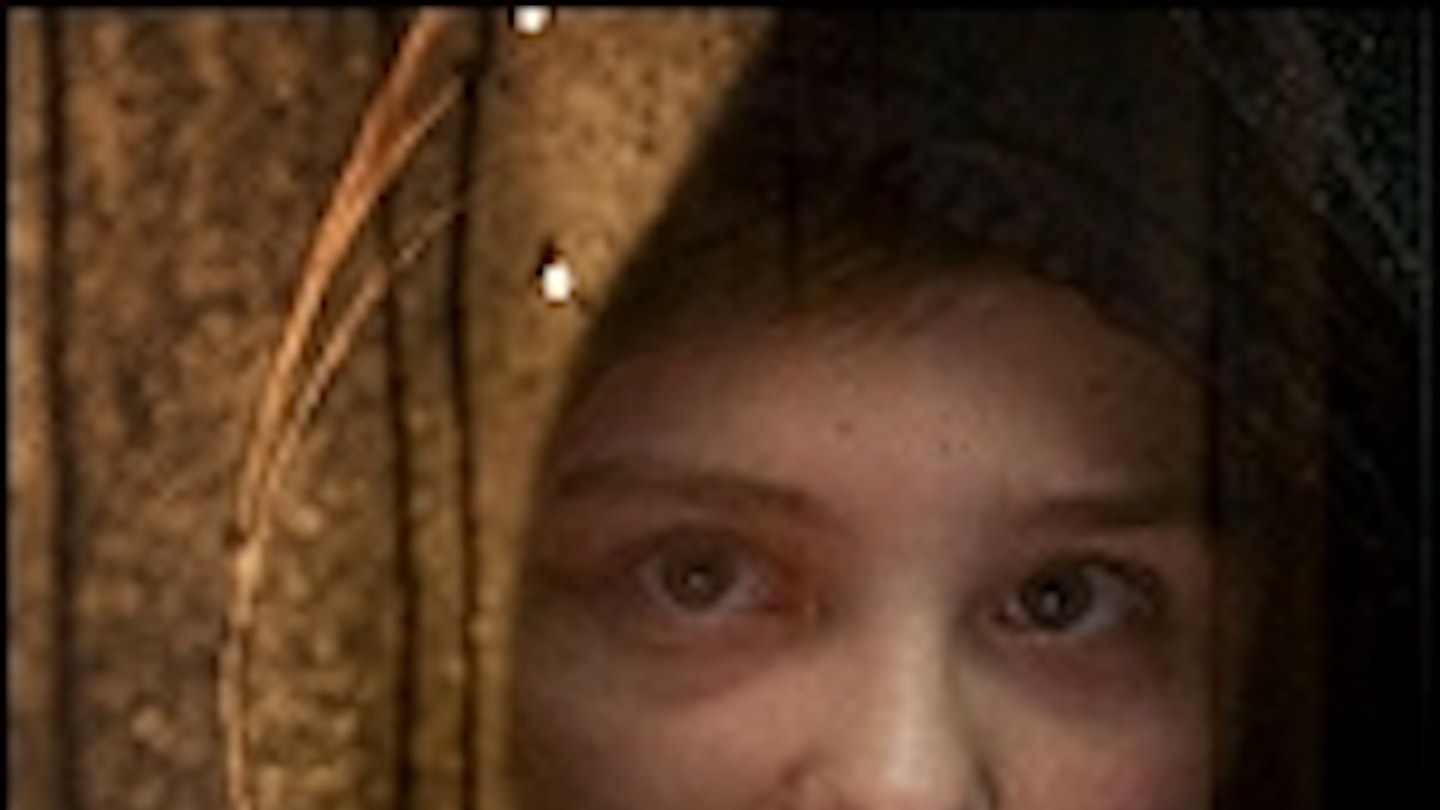Unlike its undead protagonist, who doesn’t even pack a pair of flip-flops, Matt Reeves’ Let Me In arrives at our cinema doors hefting baggage. For Reeves, it’s that difficult second movie — following 2008’s found-footage monster-rampage pic Cloverfield — in which he has to prove how he can operate beyond the patronage of J. J. Abrams, Cloverfield’s rather better-known producer. And that weight of expectation is doubly increased: not only does Let Me In mark Hammer Studios’ official return, it’s also the second adaptation of John Ajvide Lindqvist’s novel Let The Right One In to be released in the space of two years; the first being scripted by the Swedish novelist himself, directed masterfully by Tomas Alfredson, and earning ecstatic reviews.
Let Me In is, in many ways, far more explicit than Alfredson’s movie. Reeves’ script is more open about his characters’ impulses and motivations than Lindqvist’s — although he doesn’t go as far as the novel, and indeed, takes a different direction entirely in the case of Abby’s blood-harvesting human companion, in this version only known as the ‘Father’ and portrayed with palpable discomfort by Richard Jenkins, whose creased, long-faced features well suit a character reduced to murderous servitude.
The film is also more explicit — and arguably crowdpleasing — in its ‘horror’ elements (although again, less so than the novel), and it’s here that Let Me In’s origin as a Hammer project bursts through. Michael Giacchino’s score is heavy duty, all ominous booms, string-shrieks and angelic boys’ choirs. Alfredson’s thin, black trickles of blood are now gushes of gloopy, Hammer crimson. The scare tactics are laid on almost as thickly. One vampire-attack scene, constructed by Alfredson with sillhouettes in a single, distant master shot, is here played close up and in CGI-assisted detail. You can argue that Let The Right One In isn’t a horror movie at all, rather a disturbing love story with monstrous trimmings. But there’s no doubt in which genre Let Me In belongs — a point even further rammed home by Reeves’ excision of the subplot involving the weary, boozy working-class geezers who become drawn into the vampire antics. (It says something about the cultural differences between Sweden and America that a crew of unkempt old boozers has become reduced in Reeves’ take to a bodybuilder, a policeman and a sexy, breast-baring neighbour.)
To be fair, Reeves’ version is well relocated. The Los Alamos apartment complex may not possess quite the same oppressive slabbiness as Sweden’s Blackeberg, but the period-political backdrop is intelligently utilised. The film opens with a horrifically acid-burned man being rushed to the ER, then quietly interrogated by a disquieted cop (Elias Koteas). “Are you a Satanist?” he inquires of his wheezing, deformed prisoner.
Just a few minutes later, after the first of many shocking developments (well, to those who’ve not seen the original), we hear a fragment of President Reagan’s ‘Evil Empire’ speech: “There is sin and evil in the world,” Ronnie creaks as Koteas’ character dazedly tries to process what he’s just witnessed, “and we’re enjoined by Scripture and the Lord Jesus to oppose it with all our might. Our nation, too, has a legacy of evil with which it must deal. The glory of this land has been its capacity for transcending the moral evils of our past...” With one superb bit of sampling, the film’s doomy atmosphere is hermetically sealed.
It’s also appositely cast. In The Road and Kick-Ass respectively, Kodi Smit-McPhee and Chloe Moretz have already given two of the year’s most daring and affecting child performances. With his skinny, pale, wide-eyed features, McPhee is, in a neat touch, the more uncanny-looking of the pair, a seemingly fragile victim taunted as a “little girl” by his schoolyard tormentors (just one of the script’s many pin-prick hints of gender confusion). Moretz, meanwhile, plays another (seemingly) young girl with deadly hidden talents, although it’s debatable whether Abby is, beneath it all, as truly innocent as Hit-Girl. Either way, Let Me In represents a maturation of talent for both actors, whose nascent chemistry, right down to its distressing undercurrents, is well bottled by Reeves.
Indeed, as already suggested by his removal of the subplot, Reeves holds the focus very much on Owen and Abby — literally, in some scenes. Owen’s mother, for example, is rendered a distant blur even when sitting just across the table. She remains faceless throughout, as does his estranged father. It’s an effective device; Owen’s isolation and alienation complete.
Let Me In proves a much better showcase for Reeves’ talent than Cloverfield. It often plays the same game of allowing supernaturally terrifying events to occur just out of frame, but Reeves is a sensitive showman, and displays a knack for visceral impact. The film’s stand-out sequence, for instance, shows a car-crash-and-roll entirely from the perspective of a back-seat passenger.
Even if you’re familiar with Let The Right One In, then, there remains much to enjoy. And if not? Then we envy you coming to it barefoot-in-the-snow cold, because when taken on its own merits, Let Me In stands as an astutely crafted interpretation of an absorbing take on the vampire mythos.







